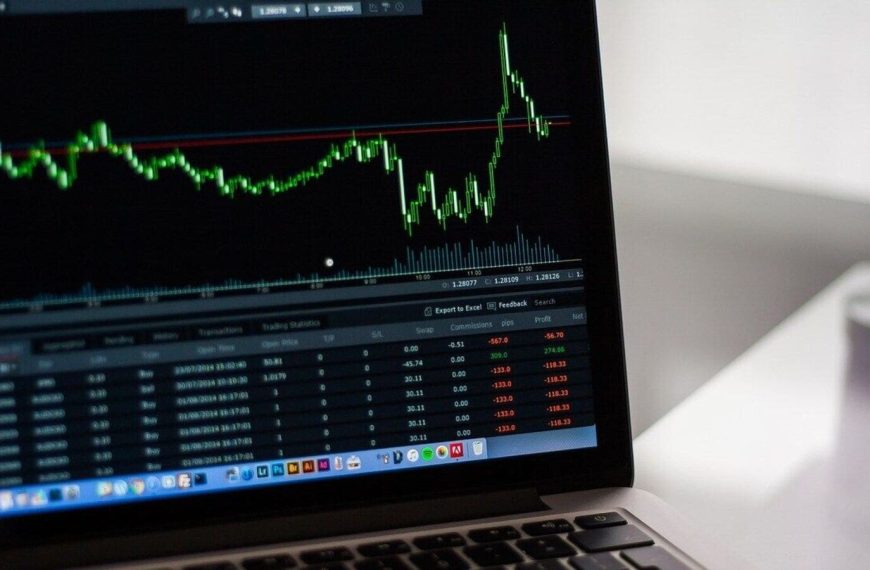China’s aluminum industry, a powerhouse in global metal production, is nearing its operational limits, as the nation’s output approaches a significant capacity cap. In recent years, extensive investments have catapulted Chinese aluminum production to an impressive 43 million tons in 2024, claiming 60% of the worldwide market, a remarkable increase from 4 million tons in 2004. However, growing scrutiny from Western nations, manifested in trade disputes and tariffs, is beginning to reshape the landscape.
Capacity Constraints Ahead
According to the International Aluminium Institute, China’s primary aluminum production saw a 2.6% year-on-year increase in the first quarter of 2025. The average production rate hovered around 44 million tons, just shy of the 45 million ton cap established in 2017. While it’s technically feasible for output to exceed this limit, the consultancy AZ Global highlights that current capacity utilization is already at a high 98.2%, leaving little room for further increases.
- Production Growth Trends: The growth rate has begun to decelerate, dropping from an average of 4.0% over the previous five years.
Transition to Cleaner Energy
Although new smelters continue to emerge, they are being balanced by the closure of older, less efficient facilities. Beijing’s strategy emphasizes the importance of transitioning to sustainable energy sources. Operators are relocating from coal-dependent regions to areas rich in renewable energy, such as Yunnan, which is powered by hydroelectricity, and Inner Mongolia, known for its wind and solar potential.
- Green Energy Goals: The action plan sets a target for renewable energy to fulfill 30% of national smelter energy needs by 2027.
To compensate for the anticipated stagnation in primary production, Beijing is also encouraging recycling, aiming for a target of over 15 million tons of recycled aluminum annually by 2027.
Export Dynamics Shift
In a significant policy change, the Chinese government eliminated a 13% tax rebate on aluminum product exports in December, a move aimed at retaining more metal for domestic consumption. This has resulted in a notable decline in export volumes, with a 11% decrease reported in January and February.
- Forecast for Exports: Analysts at Macquarie Bank predict an 8% drop in exports throughout 2025, although a sharp decline is unlikely due to global reliance on Chinese aluminum, which accounts for about 15% of total demand.
Opportunities for Western Producers
As Chinese production growth slows and export volumes dwindle, other countries may find a potential opening. The United States has around 1 million tons of idled smelting capacity, and the 25% import tariffs introduced by the Trump administration aim to stimulate domestic production. Meanwhile, Europe has also seen a significant portion of its smelting operations halted, primarily due to rising energy costs following geopolitical tensions.
- Investment in New Facilities: There’s renewed interest in establishing new smelters in the West, highlighted by U.S. company Century Aluminum securing $500 million in government funding for the first new smelter in 45 years. Additionally, Rio Tinto is exploring low-carbon smelting projects in Finland and India.
Ongoing Chinese Influence
Despite the challenges at home, China is expanding its international footprint in the aluminum sector. The aluminum action plan includes collaborations with resource-rich countries like Guinea, where Chinalco is involved in converting bauxite into alumina. In Indonesia, Shandong Nanshan Aluminium is ramping up production and expanding its refining capabilities.
In summary, while China is experiencing a shift in its aluminum production dynamics, its influence in the global market remains formidable. The nation appears committed to maintaining its position as a key player in the aluminum industry, even as it navigates new challenges and opportunities.











